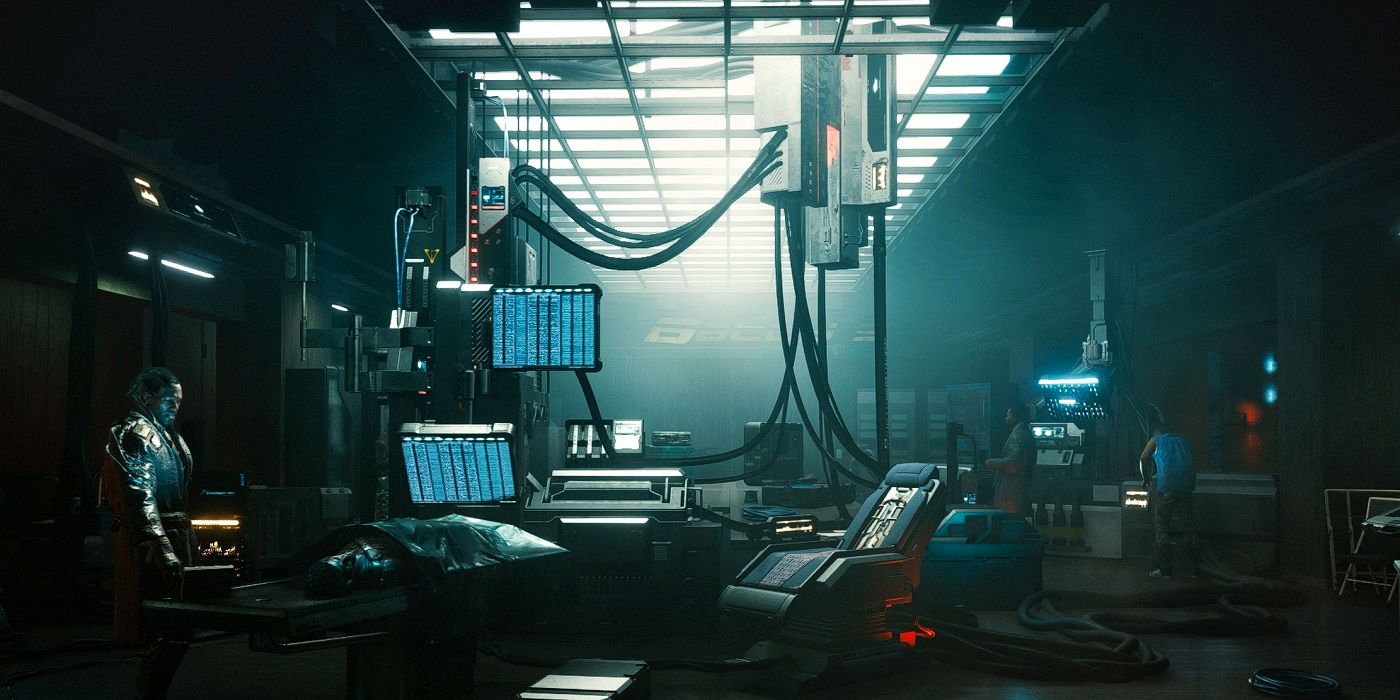
As the next big leap forward in graphics technology, ray-tracing is now far more than just a gimmick. It is being adopted in ever more new titles, and it can provide truly stunning improvements in realism and beauty. Not long ago, real-time ray tracing in games was a practical impossibility for the vast majority of gamers. Now, though, even consoles can run games with ray-tracing enabled and achieve admirable performance. For anyone thinking of building a new PC, ray-tracing capabilities should be one of the first things on the list of priorities when budgeting for parts.
Upgrading an existing PC to play games with ray-tracing is usually as simple as putting in a new graphics card, but for those who haven't upgraded in a long time or who are building their first PC, it requires picking out parts that will work well alongside some of the newest graphics cards, all without breaking the bank. This article will be a guide to building a PC with better ray-tracing abilities than a PS5 or Xbox Series X within an 'entry-level' price range—just under $1,000, or a little more for some slightly more premium options.
RELATED: Control Video Shows Just How Impressive Ray-Tracing Can Be
All the products here are priced as new from major online stores, with the exception of graphics cards, which are suffering from major shortages currently. As always, though, buying used PC parts is a great way to save a surprising amount of money, especially since even graphics cards used heavily for years suffer from negligible performance losses compared to the same products bought brand new. Power supplies should be bought new or good-as-new, but SSDs, RAM, cases, motherboards, and even CPUs can all usually be bought used from trustworthy sellers.
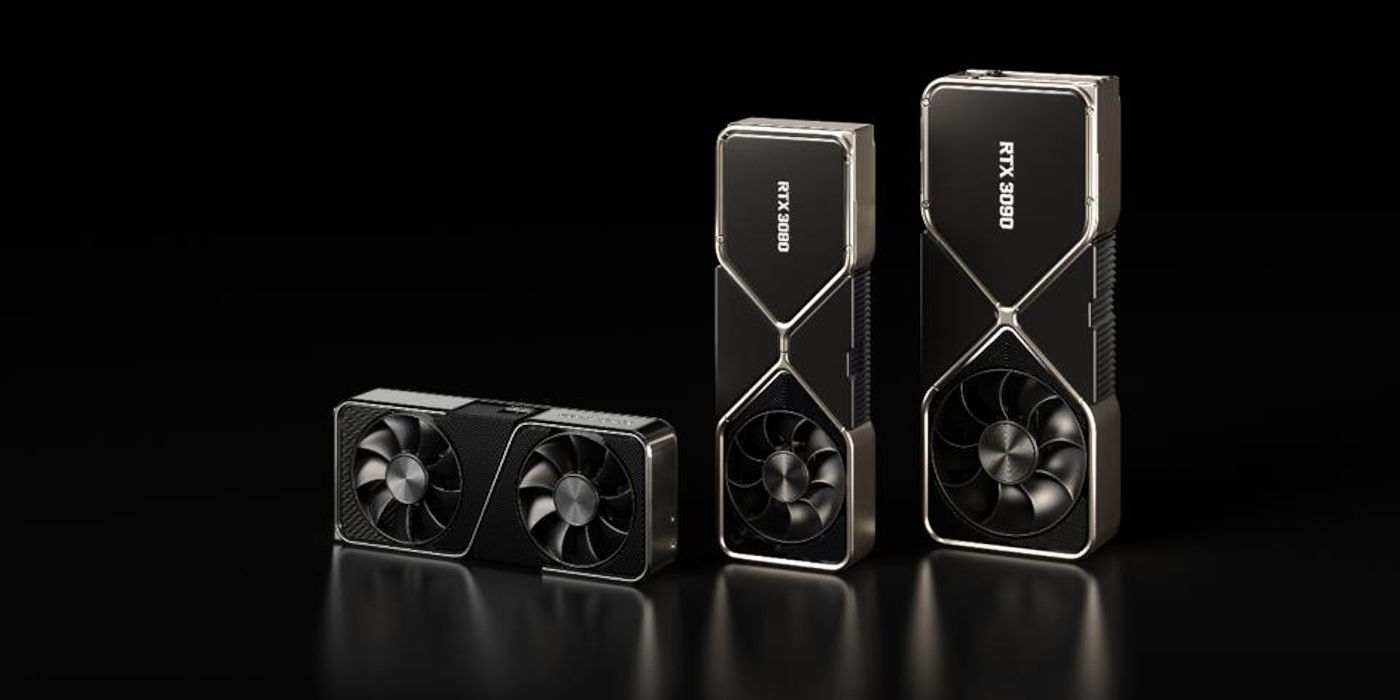
The graphics card is the single most important component of any gaming PC. It often takes up close to half of the total budget for a new PC, especially in entry-level builds, so choosing a good one is top priority. For ray-tracing in particular, only a few products can offer good enough ray tracing abilities while still being considered 'entry-level.' Nvidia's 3060Ti and upcoming 3060 will be the best bet for most, retailing at around $400 and $330 respectively. A used 2070, 2070 SUPER, or even 2080 might be found within that price range, and would roughly equal their performance. However, these days GPU shortages are causing even used prices to bubble.
The Radeon 6800 and 6800XT compete neck and neck with Nvidia's 3070 and 3080, but all of those cards fall in a price range that goes way beyond the humble milieu of entry level builds. For those with extra cash to spend on a graphics card, though, AMD's Radeon cards offer fantastic performance for the money, although they fall slightly behind Nvidia's high-end 30-series cards in pure ray-tracing performance. They're still plenty capable to give Nvidia a run for their money, though. When buying a GPU, whatever the budget, offerings from different manufacturers like EVGA, Asus, MSI, and others have relatively few differences in performance. Going for one with a decent cooler and good price is more important than paying attention to any marketing lingo.
RELATED: Nvidia Reintroducing RTX 2060 Graphics Cards
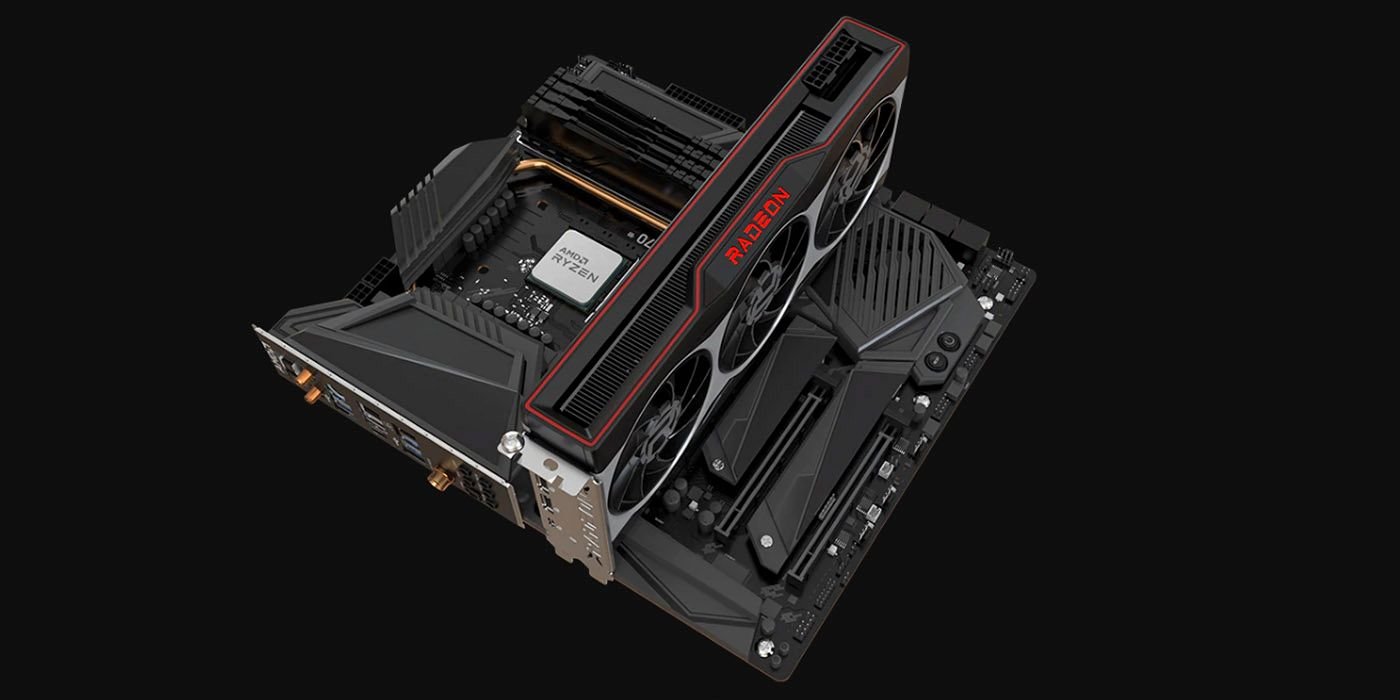
In any PC build, the CPU and motherboard should be thought of as a single unit, since an incompatible CPU and motherboard will render the whole system unusable. (Sites like pcpartpicker.com offer an easy way to check part compatibility.) For a low cost ray-tracing PC focused mainly on gaming, a 6-core CPU with high clock speeds is a safe bet. 8-core CPUs are the norm for mid-range builds, but they are noticeably more expensive. For this build, an Intel i5-9400F paired with an MSI Z390-A Pro ATX Motherboard will have a combined price tag of about $275, keeping the total price for the whole build under $1,000.
A Ryzen 5 3600 paired with an MSI B450 Tomahawk MAX would offer a decent bit more performance, but would cost roughly $50 more. The Ryzen 5 comes with its own cooling fan though, eliminating the need to buy a separate one, and thus making it roughly equal to the Intel i5 build in total price. For those willing to up their spending and enter the mid-range category, an 8-core CPU like AMD's Ryzen 2700X, 3700X, or Intel's i7 9700K would make for a great upgrade, and conveniently work in the same motherboards as their cheaper counterparts.
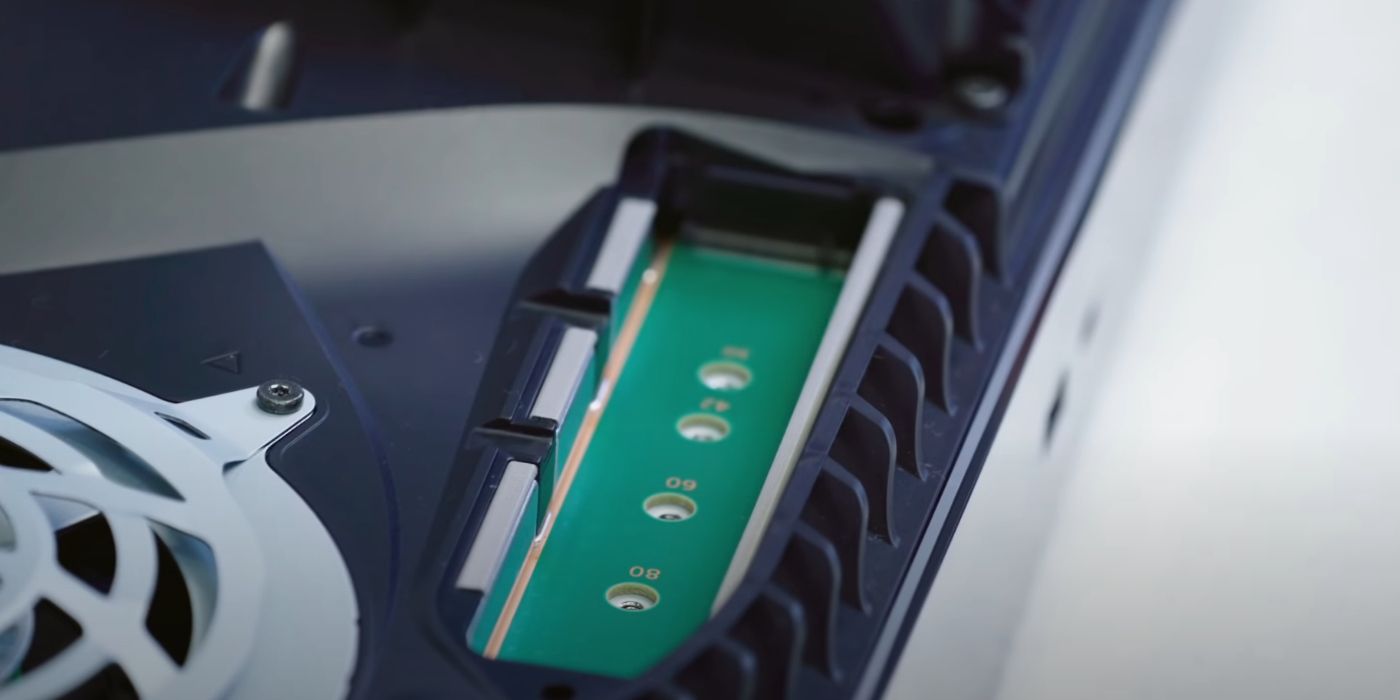
Intel CPUs require buying a separate CPU cooler from another manufacturer, while AMD's options come with a cooler. However, it's usually still a good idea to buy a separate cooler for better performance and more quiet. Noctua makes industry-standard air coolers, and their affordable NH-U9S now comes in an attractive black colorway. For RAM, a gaming PC needs only 16GB, and good kits with speeds of 3000-3200 MhZ can be bought from G.Skill or Corsair for anywhere from $50-$80. As for storage, an SSD is a must in a modern PC. A 1TB Western Digital Blue M.2 SSD will go right into the motherboard and perform admirably for $100.
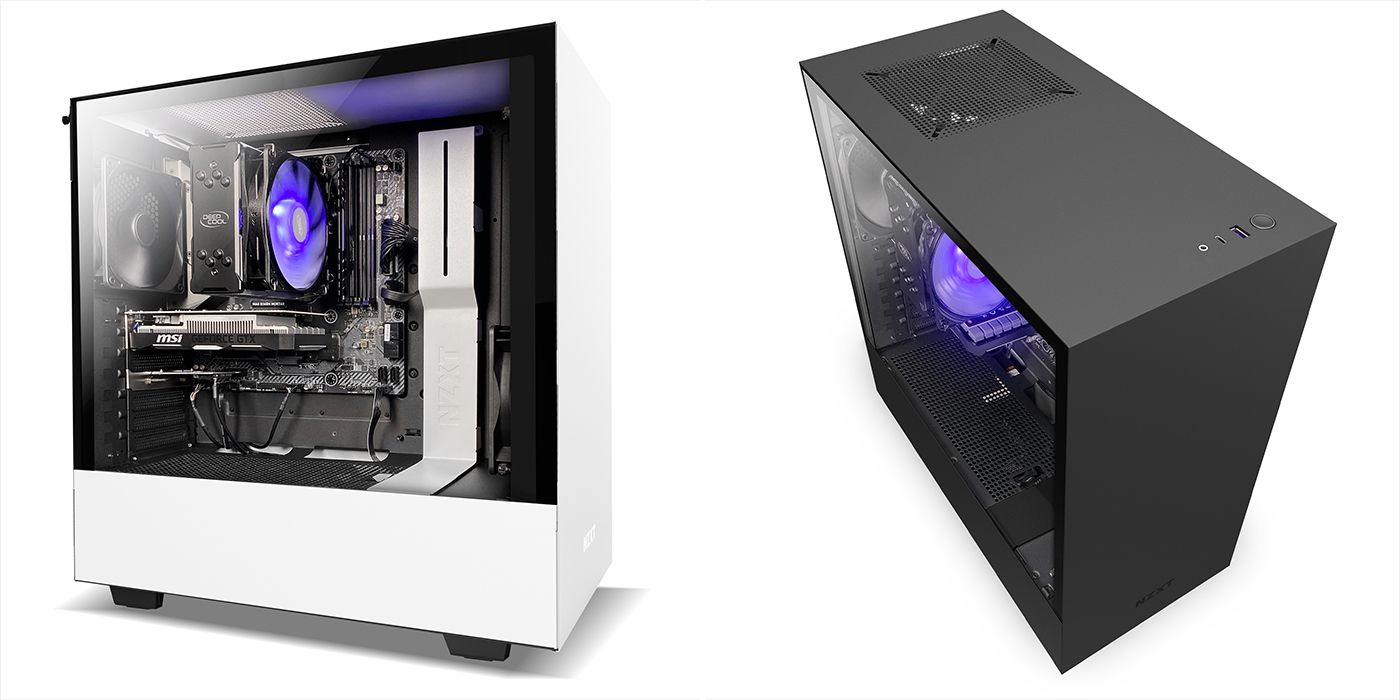
The PC case is pretty much entirely up to preference, as it mostly just offers a good-looking box to put all the components in. That said, the Phanteks P300A Mesh case has a tempered-glass side panel, good airflow, and good functionality for just $60, making it a great deal. The power supply is the workhorse of the PC, and reliability is key. A 500 watt power supply from EVGA, Seasonic, or Corsair will be reliable and cost under $100. An 80+ Bronze rated PSU will cost significantly less than an 80+ Gold rated one, but is less efficient and uses more energy in the long-term.
To wrap up, our sub-$1,000 ray-tracing PC uses an Intel i5-9400F, an MSI Z390-A Pro ATX Motherboard, a Noctua NH-U9S cooler, 16GB of G.Skill Ripjaws V 3200 RAM, a Western Digital Blue 1TB SSD, an EVGA RTX 3060Ti (retail-priced), an EVGA BQ 500-watt 80+ Bronze power supply, and a Phanteks Eclipse P300A Mesh case to put it all in. Swapping out the CPU and motherboard for an AMD Ryzen 5 3600 with an MSI B450 Tomahawk MAX and ditching the Noctua cooler adds up to almost the exact same price, still under $1,000.
MORE: DirectX 12 is Bringing Ray-Tracing to Far Cry 6, WoW: Shadowlands, and More

